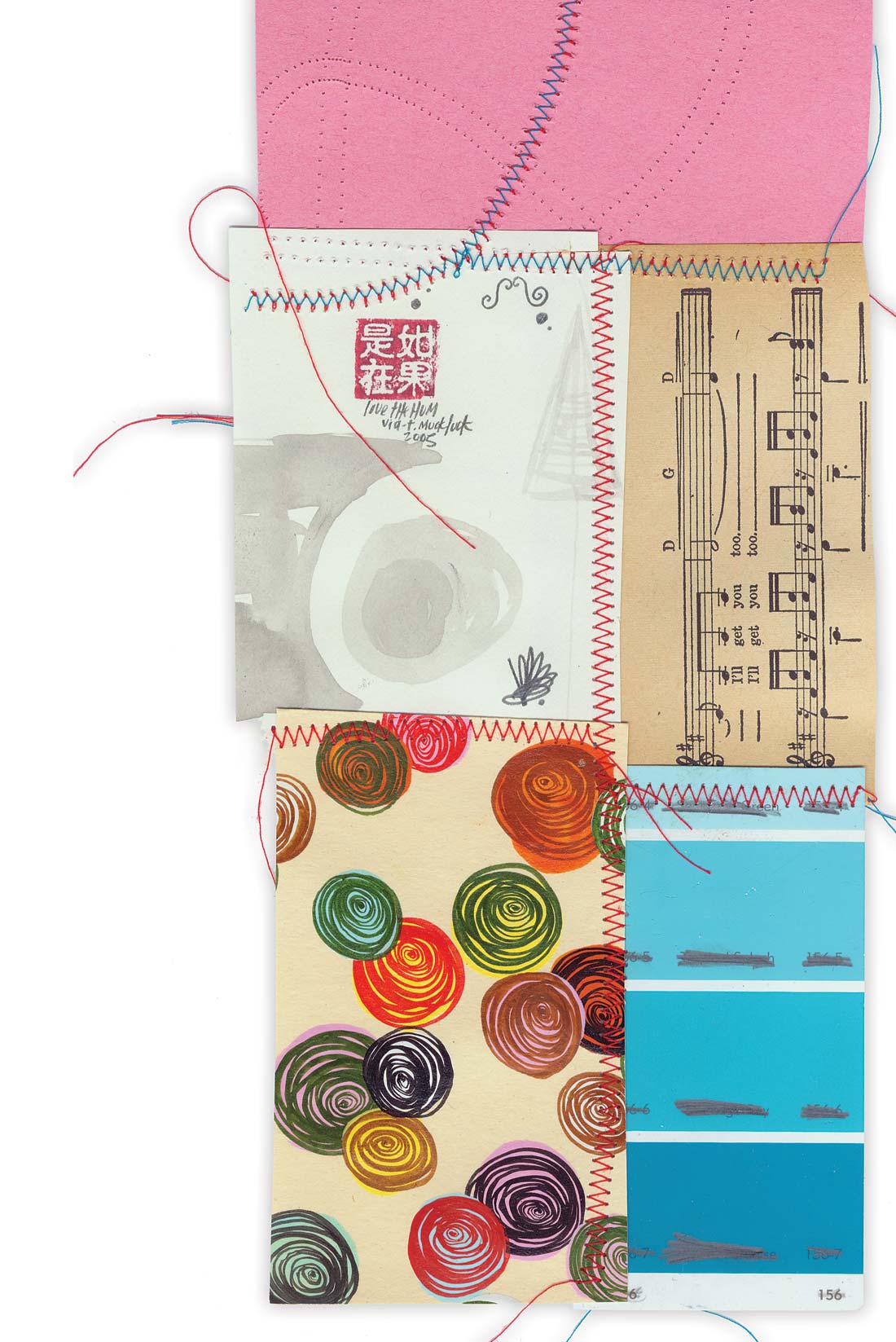It's difficult to pigeonhole the API 2500 compressor for a specific purpose. In fact, it has found broad acceptance in mixing and mastering suites alike. In most part, this is due to the broad flexibility and depth of features, many of them unique to this 1U-height device. You'll find the standard complement of knobs for threshold, attack, ratio, and release (which can be set manually or program-dependent) in the 2500's compressor section. It's in the second section, called Tone by API, where things get interesting.
Three controls here greatly affect the sound of the unit. First, users can select hard, medium, or soft knee operations. The second feature, called Thrust, is a patented circuit that can place two different filters in front of the RMS detector, the circuit that creates the control voltage for the VCA. While it might sound boring, it really is a big deal. Music generally has a greater level of low frequency power than high frequency power-in the same manner that the power of a given bandwidth of Pink Noise (often used as a gauge for flat frequency response) is halved at each octave. The 2500 gives you three options: Normal, Medium, and Loud. The latter two place a curve on the detector signal to reduce the energy in low frequencies and increase the energy in high frequencies, so that the detector will no longer favor low frequencies. The result is less pumping and a punchier sound. (This would be similar to placing an EQ on the sidechain input of a compressor-if your EQ had API's proprietary curves in them.) The final Tone control sets the feedback type for the VCA. Users are given the option of Old or New feedback circuits. In Old format, the Thrust filter and RMS detector follow the output of the VCA (and therefore the output of the compressor). This results in a smoother type of compression typically associated with the API 525, UA 1176, or Fairchild 660 units. In New mode, the Thrust filter and RMS detector follow the input (feed-forward). New mode can be made to sound very raw, in-your-face, and aggressive.
The Link section is also a unique (patent-pending) design. A rotary switch allows users to turn off linking or link the L/R channels in six discrete steps from 50- 100%. Furthermore, a Shape switch engages high, low, or band-pass filters to determine which frequencies will trigger linked operation. This can help avoid situations where compression triggered by an event in one channel causes a sudden shift in the stereo balance-a real lifesaver in the right circumstances. The Output section has an auto-gain option that's useful if you want to make adjustments to the compressor controls without having to manually adjust the makeup gain.
In use, the 2500 is a piece of gear that can take weeks or months to explore. There are simply too many permutations of control settings. Just when you think you know the unit, a new project comes along, and it surprises you. From a mastering standpoint, the 2500 is definitely a colored unit. Even with the threshold set at +20 dB, putting the unit in soft bypass (running through the unit but not compressing) affects the sound. Your particular project may or may not benefit from this feature. Songs that require an aggressive treatment are often bettered by employing the appropriate compression settings and using the manual makeup gain to wrap your mix in that API sound we all talk about. I don't find that this is a compressor that works on all-or even a majority of-mastering projects; but when it fits, it's phenomenal. That said, it's my favorite colored compressor in the rack, and the Tone section, 1.5:1 ratio, and flexibility in the attack and release settings make it a worthy addition in any mastering environment.
So, how is it in tracking and mixing? Well, it's the only piece of gear that our tracking guys try to steal out of my mastering rack, if that tells you anything. When API called this a buss compressor, they weren't kidding. While this is a darned good mastering compressor, it is nothing short of one of the best mix-buss compressors I have ever heard. This 2500 can do things to a drum mix that will make you take back things you didn't steal. A great trick is to send the drum buss to the 2500 as if it were an outboard reverb, and go stark raving mad with the Thrust and gain settings. I mean, these are drums that will break windows. Have a 3-piece that needs a thunderstorm for a bass player? Then put the 2500 to work. I've also had success going for a controlled distortion route using the 2500 on acoustic guitar, backing vocals, and harmonica.
In short, this is a deep unit that is capable of wide sonic coloration. If you're a new owner, take the time to explore the numerous settings at your disposal. Don't ignore the manual, either. API should be commended for one of the best written and graphically supported manuals I've read in a while. Finally, mastering engineers will want to audition one as funds permit. But if you're a tracking or mix engineer, pick up the phone, and get one in your hands now. You'll hear what I mean. ($2995 MSRP; www.apiaudio.com)




_disp_horizontal_bw.jpg)